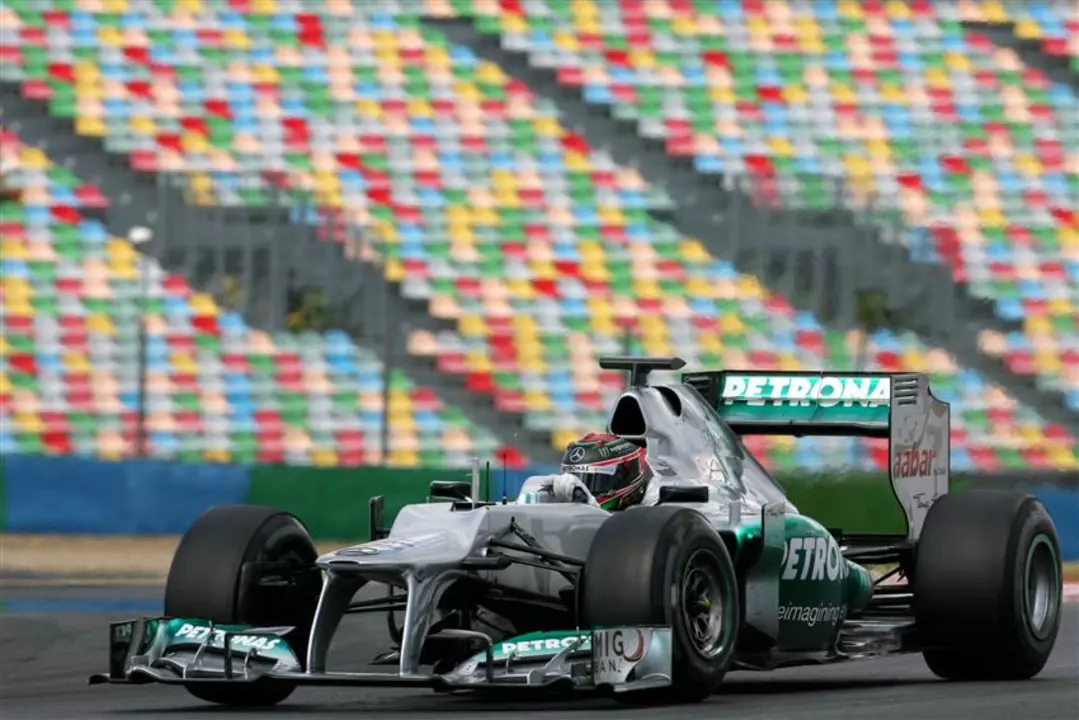In F1 and other motorsports, a lap time is counted by measuring the time taken for a car to complete one full circuit of the track. This begins at the start/finish line and ends when the vehicle crosses the same line again. Timing systems utilize advanced technology, such as transponders and sensors, to accurately record these times. Each driver's lap time is crucial in determining their position in the race, as well as their overall performance. As a fan, it's always thrilling to watch drivers push themselves to achieve faster lap times and break existing records.
Lap Time: What It Is and Why It Matters
Ever wonder why a driver’s victory is boiled down to a single number on the screen? That number is the lap time – the clock that tells you how fast a car or bike completes one circuit of a track. In motorsport, every fraction of a second can be the difference between a podium finish and watching the winners from the sidelines. Understanding lap time helps you see what’s really happening on the track, whether you’re a fan, a racer, or just curious about the sport.
How Lap Times Are Calculated
Lap timing isn’t magic; it’s a blend of sensors, software, and good old physics. When a car crosses the start/finish line, a timing loop embedded in the track sends a signal to the race control system. That signal starts a countdown that stops the next time the car breaks the same line. The system records the elapsed time down to thousandths of a second, giving teams precise data to analyze.
Different series use slightly different methods. Formula 1 relies on transponder chips in each car, while MotoGP adds high‑speed cameras as a backup. Even grassroots track days use simple RFID tags that attach to the wheel hub. The goal is the same: a reliable, repeatable measurement that can be compared lap after lap.
Ways to Improve Your Lap Time
If you’re looking to shave seconds off your own laps, start with the basics. First, get to know the track layout inside out – where the braking zones are, how long the straightaways stretch, and which corners favor late apexes. A solid racing line reduces the distance you travel and lets you carry more speed.
Second, focus on braking technique. Trail braking – gently easing off the brakes while turning – keeps the car balanced and can gain a few tenths of a second. Pair that with smooth throttle application on exit; jerky inputs waste time and destabilize the car.
Third, tire pressure matters. Too high and the contact patch shrinks; too low and the tire flexes, losing grip. Adjusting pressure for track temperature can yield noticeable gains.
Lastly, use data. Most modern cars log speed, gear shifts, and throttle position for every lap. Compare a fast lap with a slower one and spot where you lost time. Small changes – like shifting a gear a fraction earlier – add up.
Whether you’re watching a Le Mans victory or timing your own track day run, lap time is the heartbeat of motorsport. It tells you who’s fastest, how a car behaves, and where the next improvement lies. Keep an eye on those numbers, and you’ll start seeing the sport in a whole new way.
